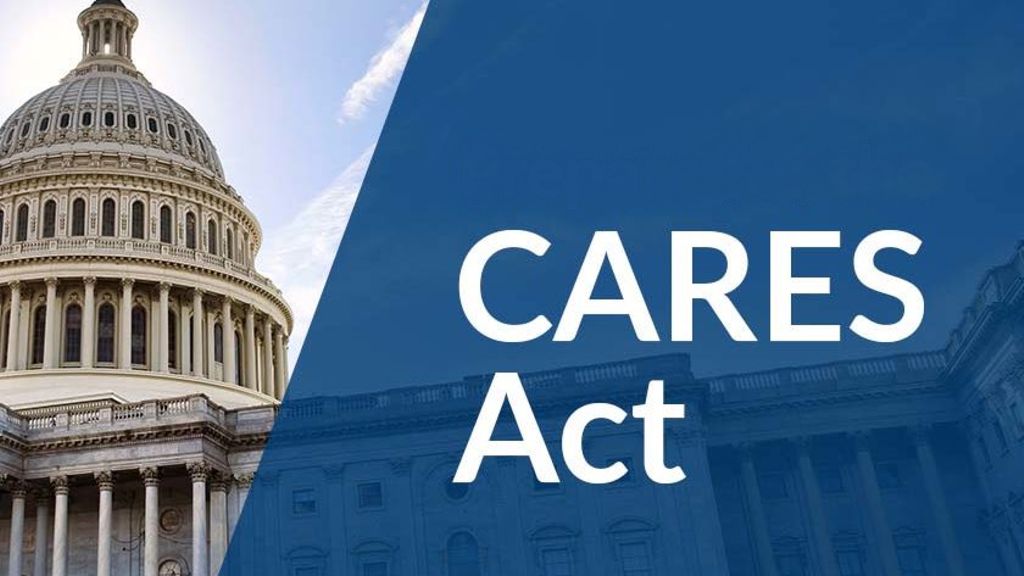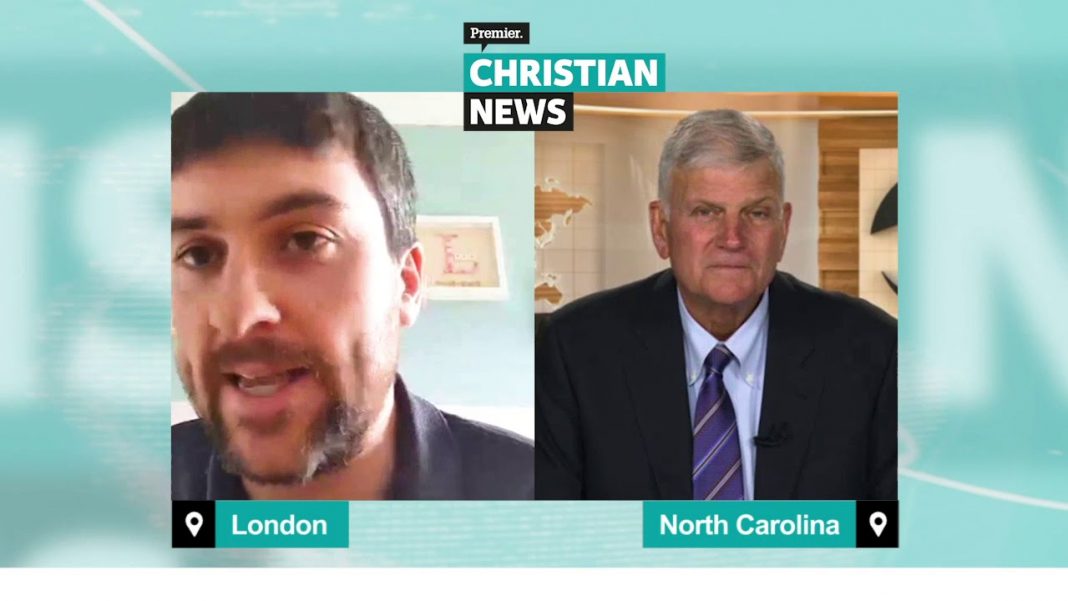Americans have financial questions regarding COVID-19 pandemic and their financial situations after the pandemic has shut down businesses and caused many to lose their jobs.
Below are Senator Tom Cotton’s responses to those questions:
I’m on social security. Do I need to file a tax return to receive my benefits?
No. If an individual has not filed a tax return in 2018 or 2019, the government will use an individual’s 2019 SSA-1099 Social Security Benefit Statement or 2019 RRB-1099 Railroad Retirement Benefit Statement to advance payments to individuals who receive Social Security or Railroad Retirement Benefits. All Social Security beneficiaries-retired workers, disabled workers, eligible family members, and survivors-receive a Form SSA-1099. However, Supplemental Security Income (SSI) recipients are not provided a Form SSA-1099. SSI recipients who also receive Social Security benefits will be automatically forwarded a payment. SSI recipients who do not receive Social Security benefits will need to file a 2019 tax return to receive a payment if they are otherwise eligible. If an individual started receiving Social Security payments in 2020, they will need to file a 2019 tax return to be eligible. Adults who are claimed as a dependent on another taxpayer’s return are not eligible for a payment.
What do I need to do about my federal student loans?
Federal student loan borrowers do not need to take any action to suspend payments. Your federal student loan servicer will suspend all payments without any action from you. You do not need to contact your student loan servicer. While federal student loan payments are suspended, the loans shall not accrue any interest and the month of a suspended loan payment will be treated as if a loan had been made for purposes of loan forgiveness and loan rehabilitation. The suspension period will result in no negative credit reporting and also involuntary collection of the loan will be suspended—no wage garnishments, tax intercepts, offset of federal benefits, or any other collection activity. These protections do not apply to borrowers with Perkins Loans and borrowers whose FFEL loans are held by banks or guaranty agencies. If you have a Perkins Loan or an FFEL loan that is privately owned, you should contact your loan servicer to explore options they may be offering.
When will I get my check and how much will it be?
Treasury Secretary Steven Mnuchin has said he expects most people to get their payments within approximately three weeks.
For Individual Filers: Americans who file their taxes as individuals will receive up to $1,200 in assistance. If your income was less than $75,000 in 2019, you will receive the full amount of $1,200. For those making above $75,000, reduced checks on a sliding scale will be paid. For every $100 you make over $75,000, your assistance will be reduced by $5.
For Married Couples Filing Jointly: Americans who file taxes jointly will receive up to $2,400 plus $500 for every dependent under the age of 17. If your joint income was less than $150,000 in 2019, you will receive the full amount of $2,400 plus $500 for every dependent under 17. For couples making above $150,000, reduced checks on a sliding scale will be paid. For every $100 you make over $150,000, your assistance will be reduced by $5.
I just lost my job. What are my options in terms of unemployment benefits?
Congress recently passed a new program called Pandemic Unemployment Assistance which will make certain Americans who lost their jobs due to the public health emergency are eligible for unemployment insurance, provided an additional 13 weeks of unemployment insurance, and provided an additional $600/week in unemployment insurance through July 31, 2020. Each state may differ in the amount of unemployment offered, however because of the new program, Americans will be eligible for 13 weeks more of unemployment.
Individuals Eligible for Normal Unemployment Insurance: Unemployed workers who are eligible for traditional unemployment insurance will receive their normal income-based payment plus $600 a week until July 31st. If an individual is still unemployed after July 31, their payment will revert down to the traditional payment they would have received before the crisis.
Individuals Newly Eligible for Pandemic Unemployment Assistance: Unemployed workers who wouldn’t typically qualify for unemployment benefits but are now unemployed as a result of the pandemic will receive $600 a week plus an amount that each state determines until July 31. After July 31, their payments will revert down to the amount that ADWS determines. Self-employed individuals, independent contractors, and “gig economy” employees will all be covered. However, to qualify, an individual must have lost their job or income due to the virus, tested positive or exhibited symptoms of the virus, or be caring for a member of your household or family who has been diagnosed with the virus.
Individuals who have had their hours cut: Some states offers partial unemployment benefits to certain individuals who have had their hours cut. Please contact the your states unemployment departments to determine if you are eligible.
Source: 5NewsOnline








